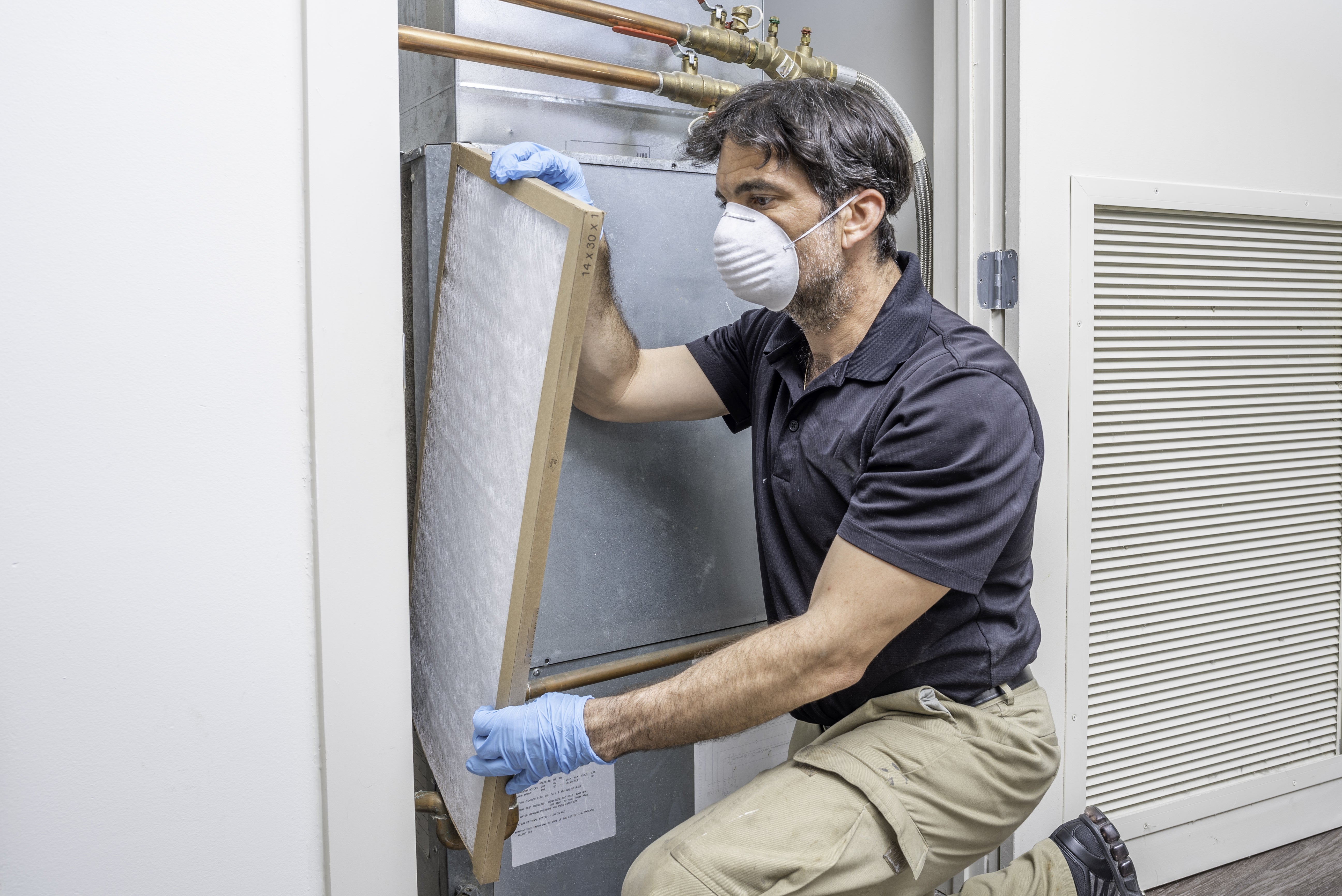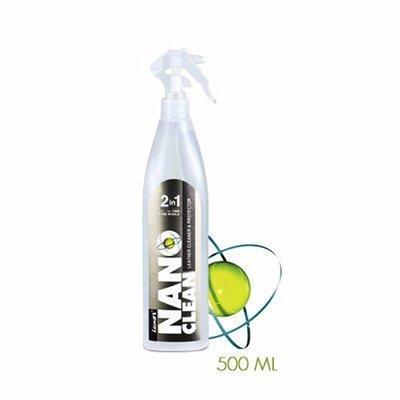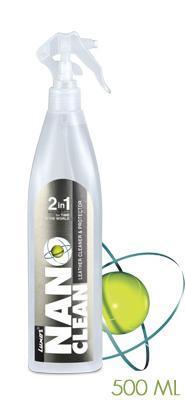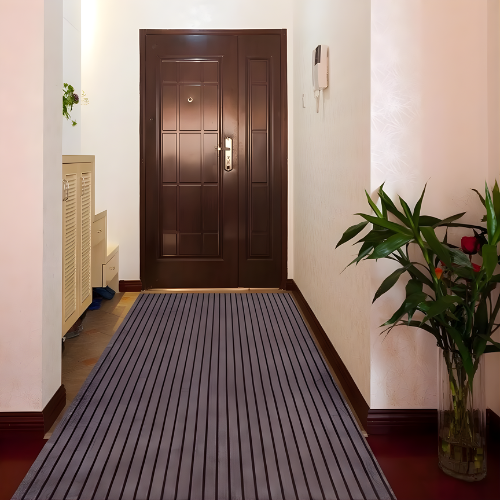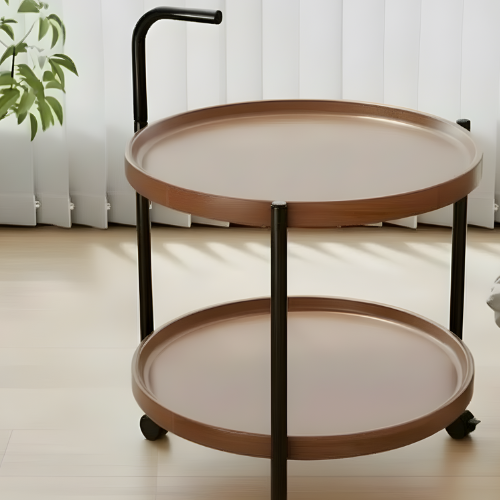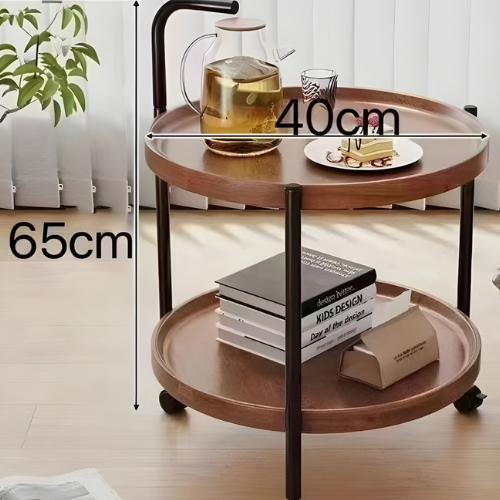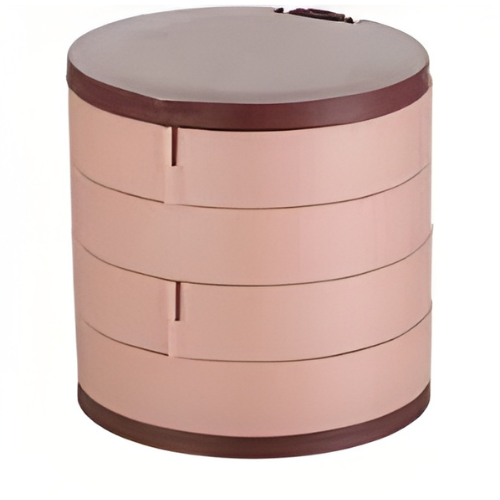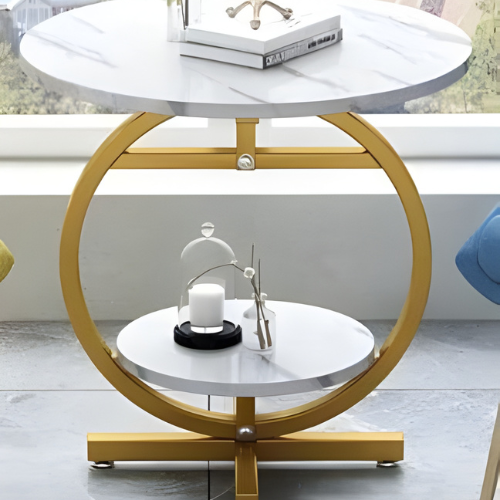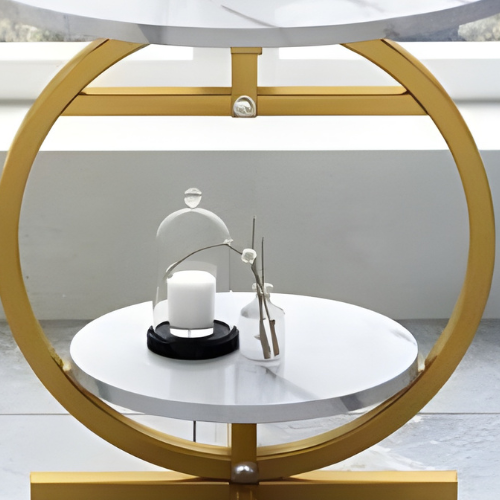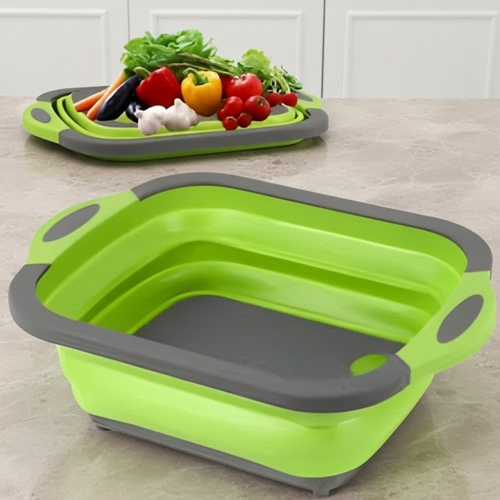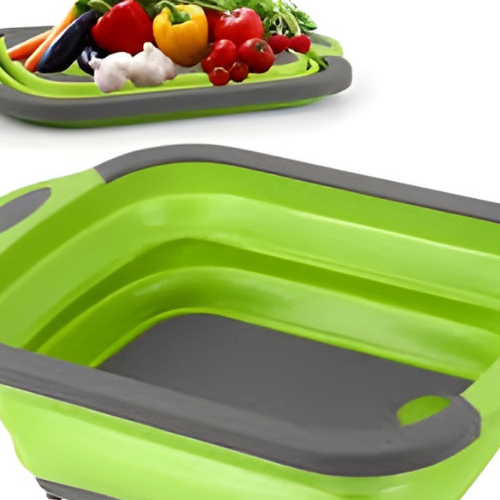Air filters form an important part of your heating, ventilation, and air conditioning (HVAC) system. Besides protecting your heating and cooling system, it also shields your family from the harmful effects of pollution-generated particles, such as dust, dirt, dander, mold spores, and other airborne irritants.
Different types of structures call for different types of air filtration systems. Choosing the best type of filter for your needs requires careful consideration of various factors, such as cost, your family’s health and other needs, coverage area, air flow, as well as energy efficiency.
Some air filters are best for residential use, while some are made for commercial applications. Commercial and residential air filters differ in more than just their sizes. Below, find out what else make these important fixtures different from one another. But, first, know how to distinguish a good one.
How Do You Know That Your Air Filter Is Of Good Quality?
The industry definition for a high-quality air filter is called the minimum efficiency reporting value, or MERV. As a standard definition of efficiencies, it measures a filter’s arrestance, or the filter’s capacity to remove large airborne particles from the air, as well as dust-spot efficiency, or the filter’s ability to get rid of small airborne particles.
MERV represents a number based on the filter’s capacities to screen pollutants—standard ratings run from 1 to 20, with the higher number indicating better filtration capacities. Residential houses typically need air filters with 1-8 MERV ratings, while industrial settings, depending on the industry to which it belongs, may require from MERV 5 to MERV 20.
It’s worth noting that a higher MERV may put a strain on your HVAC system as it makes it difficult for the latter to pull in air.
Commercial VS Residential Air Filters
The major differences between a residential and commercial use air filter have to do with the following:
1. Size – It’s typical for commercial air filters to be bigger because, compared to residential units, commercial air filters need to process more air for larger indoor spaces. An air filter’s size and thickness can impact its MERV rating.ok.
2. Filtration capacities – A home’s furnace and air conditioning unit typically don’t need an air filter with a high MERV rating, so are families with no respiratory and allergy issues. However, homeowners may opt to buy air filters with higher MERV ratings to trap smaller particles, pollutants, and allergens suspended in the air to prevent conditions caused by allergies, such as asthma, rhinitis, and sinusitis.
Apart from the MERV rating, a high-efficiency particulate air (HEPA) filter is recommended for use by families with these respiratory problems. A HEPA filter is highly effective in getting rid of common allergens, like dust mites, pet dander, and pollen
3. Disposable Or Washable – Air filters may either be washable or disposable, but there’s no exclusivity in terms of the better choice for either residential or commercial applications. Washable air filters may be cost-saving as you don’t have to replace them. However, they have a low MERV 1-4 rating, with the likelihood of promoting mold and mildew growth if installed before completely dry.
Most commercial establishments need to replace HVAC filters more frequently than residential HVAC system users because there are more people working in industrial settings compared to residential units. Another reason for frequent filter changes in commercial settings is that the units in these sectors cover bigger spaces, translating to higher air turnover.
Here’s an air filter comparison chart based on MERV ratings and their ideal applications:
|
IDEAL PLACES TO USE |
FILTERING POWER
(note: a human hair is about 100 microns in diameter)
|
|
|
MERV 1-4 |
|
Filter particles of up to 10.0 micron in size |
|
MERV 5-8 |
|
Filter particles of around 3.0 to 10.0 micron in size |
|
MERV 9-12 |
|
Filter particles from 1.0 to 3.0 micron in size |
|
MERV 13-16 |
|
Filter particles from 0.3 to 1.0 micron in size |
|
MERV 17-20 |
|
Filter particles less than 0.30 micron in size |
Types Of Air Filters
These are the most common types of air filter based on materials:
1. Fiberglass Filters (MERV 1-4):
These are the most common and cheapest type of air filters. Fiberglass filters aren’t strong enough to protect you or any of your family member who’s suffering from allergies or respiratory problems. While not the best for your health due to their rather low MERV rating, they’re less straining to your HVAC system.
Consider having plants that can help purify indoor air to complement your air filtration system’s screening abilities.
2. Disposable Pleated Paper Or Polyester Filters (MERV 5-8):
These types are pricier than fiberglass filters, but they do a better job than the latter, being able to filter dust and other small particles, like pollen, mold spores, and pet dander. They’re more expensive than fiberglass filters because they’re resistant to airflow and have a superior dust-stopping capacity. The pleats improve the filtering action and help prevent dust and other particles from being circulated back in the air.
3. High-Efficiency Particulate Arrestance (HEPA) Filters (MERV 11 and up) :
If any of your family member is suffering from respiratory problems or allergies, it’s recommended that you get a HEPA filter. It’s costlier than the other types for good reason. It can screen up to 99.97% of particles that are 0.3 micron in size or larger. These include dust, pollen, mold, pet dander, viruses, bacteria, and other irritants
4. Electrostatic Filters (MERV 2-10):
These air filters use self-charging fibers to trap particulates out of the air. They come in either washable and disposable versions. If opting for the washable model, it’s advised that you buy two sets so you can use the other one while waiting for the recently washed filter to dry completely.
5. Disposable Pleated High MERV Filters (MERV 11-13) :
These highly efficient filters can snag 0.3 micron and some microscopic particles, such as viruses and bacteria. They’re typically recommended for use in large commercial buildings and hospitals.
Final Thoughts
While air filters are beneficial in ridding the air you breathe of contaminants and allergens, the best way to address respiratory problems is to manage the source of indoor air. Do your share in reducing activities that worsen air pollution and carbon emissions.

Wendi Santana
Wendi Santana is a full-time mom who spends her leisure by writing blogs on home improvement and parenting. Wendi aims to help parents carry out all of their responsibilities with ease by providing tips from her experience.
As an attempt to gain more readers to her blog, Wendi also sends guest posts to other websites and blogs.



